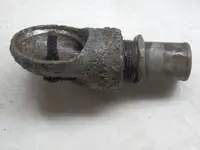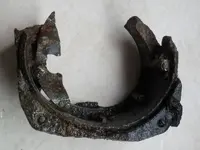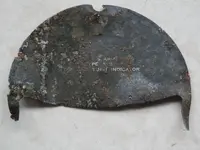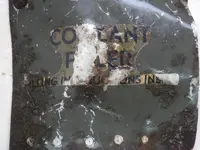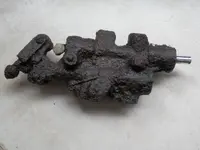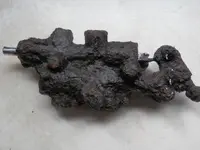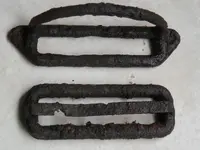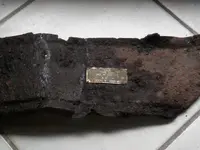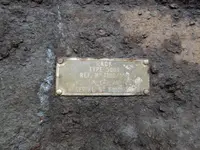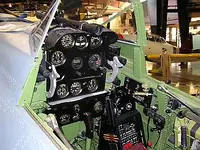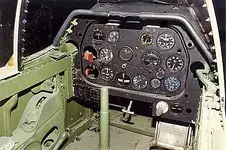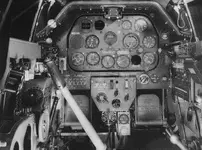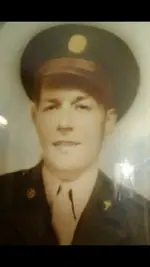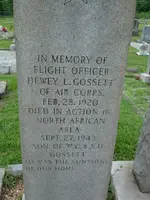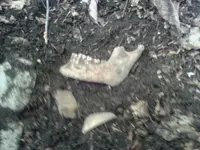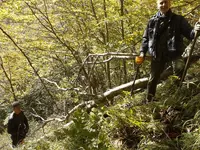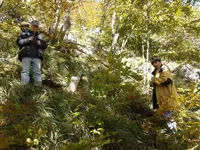Here is a report for the Press:
LOST WWII USA AVIATOR FOUND
After more than 71 years the remains of Dewey L. Gossett will have a decent burial. Researchers from the Italian Association Salerno 1943 in collaboration with the government department Protezione Civile of the city of Acerno, identified some remains that may belong to the American aviator crashed on Mount Accellica September 27th, 1943.
It's been since long time that the volunteers of "Salerno 1943" identified the spot where the A-36 of Gossett fell; The volunteers were contacted by Joshua Frank, Italy's agent of DPMO, the office of Department Of Defense of United States For Prisoners of War And Missing in action.
Joshua asked the members of the association to do everything possible to identify the burial of the remains of the unfortunate aviator Gossett can be returned to family members in the United States. The members, who have already collaborated on other occasions with the DPMO , swiftly becoming their representative for the south of Italy, were promptly put to work by checking if they could find around the point of impact a burial , without being able to locate any evidence. Obviously, the first civilians on the scene, probably in the spring of 1944, they found only the wreckage of the aircraft and they could not find the remains of the unfortunate aviator who probably had been torn apart by the wild animals living in the forest.
This made the search much more complicated. The President of Salerno, 1943, Luigi Fortunato says: "It is not possible through the metal detectors at our disposal to find the bones. When we found human remains, as was the case for the 4 soldiers (2 Germans and 2 British) that we found around the Battlefield of Operation Avalanche, it has been possible thanks to the fact that the soldiers were carrying metal objects like ammunition , accoutrements, etc. We then continued to explore the area of the crash, paying attention to any metal object. Our focus has been in the area where on previous occasions we had found the metal elements of the parachute and the flight uniform .At one point near a metal buckle that was used to support the harness of the parachute appeared small bone fragments and then what appeared to be part of a human jaw. We therefore interrupted the research and informed the military authorities. In this regard, I wish to express our appreciation for the gracious help shown by the Carabinieri in the person of Lieutenant Colonel Pasquale De Luca, Captain Giuseppe Costa and chief marshal Pasqualino Fisichella who promptly initiated the proceedings of the case. We also warned Joshua Frank as the DPMO is in contact with the granddaughter of Gossett, thanks to whom, it will be possible to start the DNA comparison . We are not doctors but the bones might be human, and if the DNA investigation will prove that they are, they for sure belong to Dewey because they were among the fragments of the aircraft in an inaccessible and difficult to access area , not usually frequented by people.
I want especially thanks to our friends that help us for this hard research: Aniello Sansone, Italo Cappetta , Pietro Di Martino, Daniele Gioiello, Pierpaolo Irpino, Valerio Lai, Rosalino Margagnoni, Matteo Pierro e Matteo Ragone”.
Dewey L. Gossett, was born on 28 February 1920 at Arcadia in South Carolina by William Cleveland and Sarah Hughes Gossett. At the outbreak of World War II he enlisted in American aviation and was later assigned to the 86th Fighter Group which fought in Italy. On September 11, 1943 he participated in the attack in Troina during the Sicilian campaign. The Airplane he piloted was an A-36, nicknamed Apache or Invader, a dive bomber, ground-attack version of the P-51 Mustang but far more vulnerable. His aircraft was hit by a bullet in the anti-aircraft tail plane and Dewey managed thanks to a big effort, to return safely to base. A photo taken on his return portrays the damage and was being used by the Newspapers and being titled "Take it and come back safely"
Gossett's A-36 was not so lucky on September 27, 1943. His squadron was taken off from the airport that the Americans had built at the mouth of the river Sele in the days immediately following the landing. The task of the day was to provide tactical support to US forces who pursued the retreating Germans to the north along the streets of Irpinia. Nearby Acerno, the Air squadron Leader realized to be too close to the cliffs of Mount Accellica that were partially hidden by low clouds and then ordered his men to gain altitude. Once they passed the clouds they realized they had no sight of Dewey. For some time they flew over the area , but they could not get a visual of his aircraft. In the meantime the rain started to fall heavily and they could not continue the search.
Volunteers of Salerno 1943 hope their discovery could finally allow Gossett's family members to to have a tomb in which to remember their loved one. Their hope is that USA authorities can investigate crash site to find other remains of unlucky airman.
Salerno 1943 Association Card
Salerno 1943 was founded in Salerno in 2007 by a group of friends and fans of local history. It is no profit, non-political, non-partisan and rejects war as a means of settling disputes between nations. The statutory objectives are the collection, cataloging, conservation, restoration, and above all, sharing any military and civil material belonging to the Second World War in the Campania region.
Far from the desire to glorify the Second World War, the association intends to introduce to the new generations , the concept that war means death and pain. Just think of the families of those who lost their lives, the anxiety that mothers, wives, children, parents, brothers and sisters felt seeing their loved ones leaving for war and the agony they suffered when they learned that many of them would never return.. Hopefully, reconstructing the stories of so many young lives cut short by the war, will help perpetuate the memory of the victims and remind the younger generations of those unhappy years so that such events will not be repeated.
So far, the volunteers of the association have identified the remains of five soldiers who lost their lives during the Second World War and identified the crash site of 30 aircrafts which fell in the Campania region or in neighboring regions, helping discovering what happened to many military crews.
To bring these stories to light, the Association has published the book “Salerno 1943. Gli aviatori, le storie, i ritrovamenti dell’operazione Avalanche” published by D’Amico Editore, 2013. Currently you can visit two free exhibitions held by the association at the State Archives and the Library of the Province of Salerno.
If you wish to receive further informations, here are all our contacts: phone 347\5178529,
www.1943salerno.it email:
redazione@1943salerno.it https://www.facebook.com/groups/129119250509719/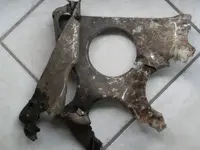 P7210001.webp114.9 KB · Views: 136
P7210001.webp114.9 KB · Views: 136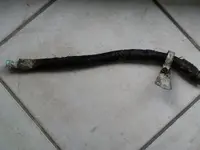 P7210003.webp80.5 KB · Views: 133
P7210003.webp80.5 KB · Views: 133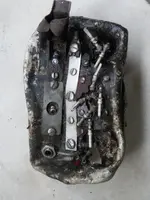 P7210004.webp200.8 KB · Views: 159
P7210004.webp200.8 KB · Views: 159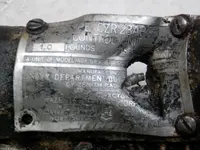 P7210005.webp105.8 KB · Views: 142
P7210005.webp105.8 KB · Views: 142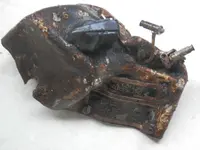 P7210006.webp88.2 KB · Views: 154
P7210006.webp88.2 KB · Views: 154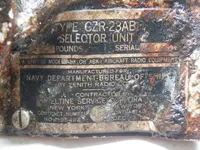 P7210008.webp278.3 KB · Views: 141
P7210008.webp278.3 KB · Views: 141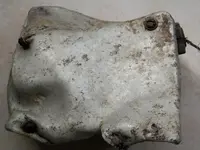 P7210009.webp277.7 KB · Views: 125
P7210009.webp277.7 KB · Views: 125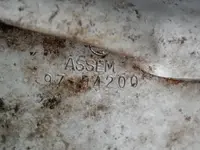 P7210011.webp103.2 KB · Views: 135
P7210011.webp103.2 KB · Views: 135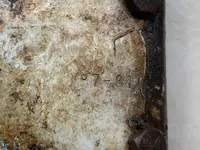 P7210012.webp358 KB · Views: 131
P7210012.webp358 KB · Views: 131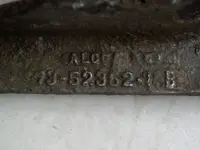 P7210013.webp105.9 KB · Views: 137
P7210013.webp105.9 KB · Views: 137


